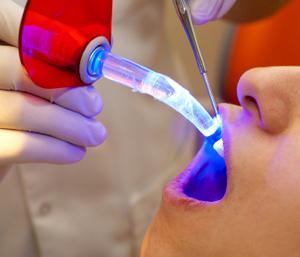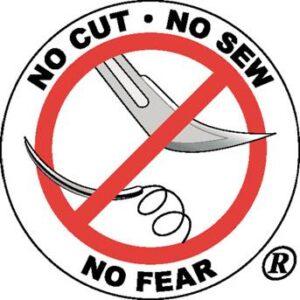

The application of lasers in dentistry opens the door for dentists to perform a wide variety of dental procedures they otherwise may not be capable of performing. Dentists using lasers in dentistry have become adept at incorporating the state-of-the-art precision technology into a number of common and not-so-common procedures.





This website is your online resource to learn about our practice, the services that we offer, common dental conditions, treatments and more. Remember, the information we provide is not meant to replace an actual diagnosis for a problem you may be having. A visit to a best dentist in Ahmedabad like Dr. Manish Shah, is the only qualified person to assess your needs.
Dr. K.K.Shah's Bunglow, B/h. Navrangpura Post Office, Navrangpura, Ahmedabad.
B/304, Sky City Arcade, 07 Club Road, Shela , Ahmedabad 380058.